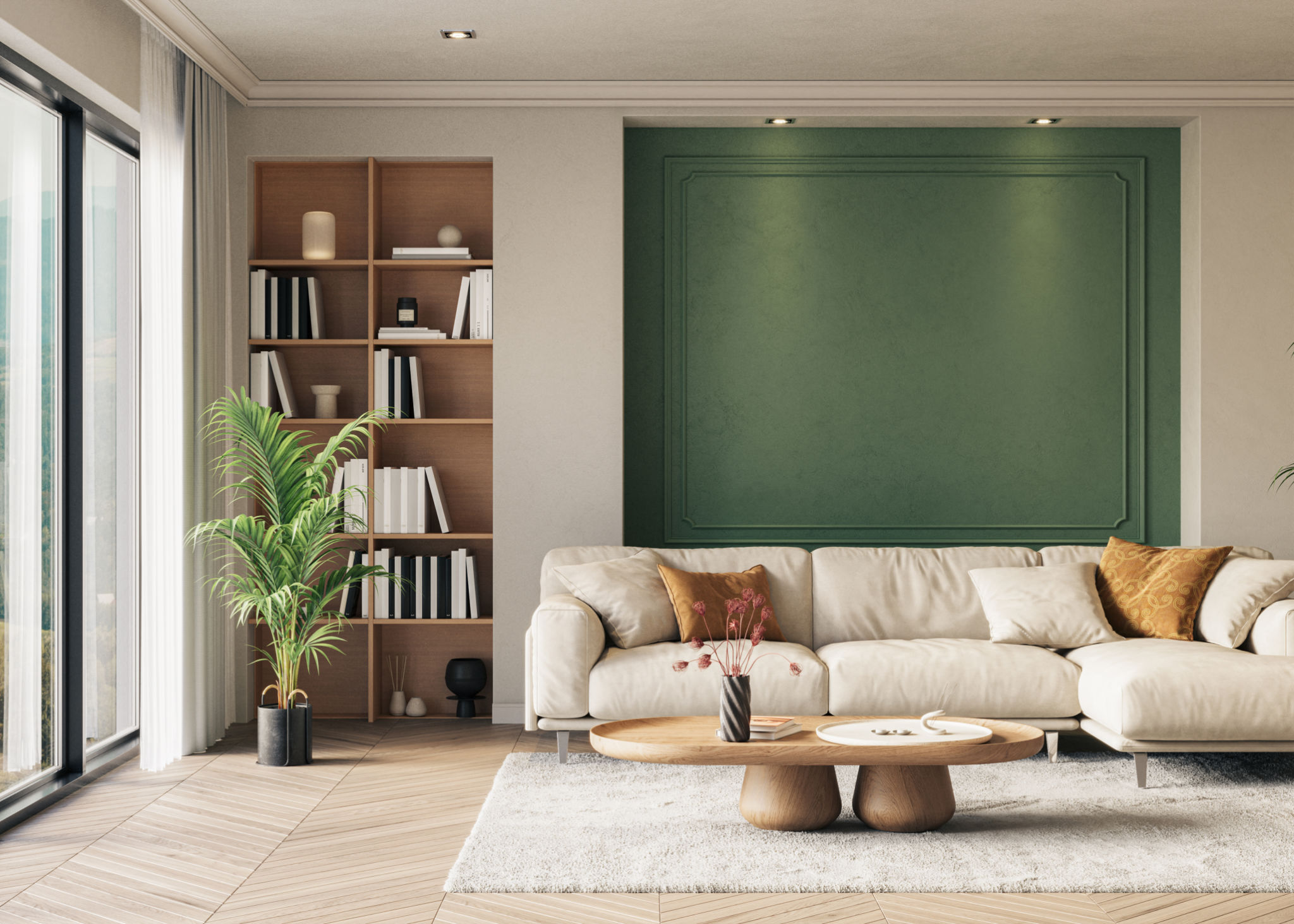Comprehensive Guide to Interior Design Consulting for New Buildings in Uganda
Embarking on the journey of interior design for new buildings in Uganda is both an exciting and challenging endeavor. The unique cultural and environmental context of Uganda offers a plethora of opportunities for creative expression, but also demands a keen understanding of local practices and materials. In this guide, we delve into the essentials of interior design consulting tailored to new buildings in Uganda, ensuring that your project is both stunning and functional.
Understanding the Ugandan Context
Before diving into design specifics, it's crucial to have a comprehensive understanding of the local environment. Uganda's climate, culture, and available resources play a significant role in shaping interior design decisions. The tropical climate, for instance, influences the choice of materials and color palettes. Designers must consider factors such as humidity and temperature when selecting furniture and finishes.

Moreover, the rich cultural heritage of Uganda provides a vibrant tapestry of inspiration. From traditional crafts to contemporary art, incorporating local elements can create spaces that are not only beautiful but also resonate with the community. Collaborating with local artisans and craftsmen can add authenticity and charm to the interiors.
Key Considerations in Interior Design
Space Planning
Effective space planning is the cornerstone of any successful interior design project. In Uganda, where space can be a premium, especially in urban areas, it's vital to maximize every square meter. Consider the building's purpose, whether residential, commercial, or hospitality, to ensure that the layout supports its function.
Material Selection
The choice of materials is another critical aspect. In Uganda, there is a growing trend towards sustainable and locally sourced materials. Bamboo, for instance, is a popular choice for flooring and furniture due to its sustainability and aesthetic appeal. Additionally, using locally sourced stone or clay can reduce costs and support the local economy.

Incorporating Technology
Modern interior design often involves integrating technology to enhance functionality and comfort. Smart home systems, energy-efficient lighting, and climate control systems are becoming increasingly popular in Ugandan buildings. These technologies not only improve the quality of life but also align with global trends towards sustainability.
Color and Texture
The choice of color and texture can dramatically affect the mood and perception of a space. In Uganda, earthy tones and vibrant colors are often used to reflect the natural beauty of the landscape. Textures, whether through textiles or wall finishes, add depth and interest to interiors.

Working with Professionals
Engaging with a professional interior design consultant is invaluable. These experts bring a wealth of knowledge and experience, helping to navigate the complexities of design projects. They can provide insights into the latest trends, best practices, and innovative solutions that are both aesthetically pleasing and practical.
Moreover, consultants can manage the project from concept to completion, coordinating with architects, builders, and other stakeholders to ensure a seamless process. Their expertise can save time, reduce costs, and prevent costly mistakes.
Conclusion
Interior design consulting for new buildings in Uganda is an intricate process that requires a blend of creativity, cultural understanding, and practical know-how. By focusing on key elements such as space planning, material selection, and technology integration, you can create environments that are not only visually stunning but also sustainable and functional. Whether you're a developer, architect, or homeowner, investing in professional interior design services can elevate your project to new heights.
